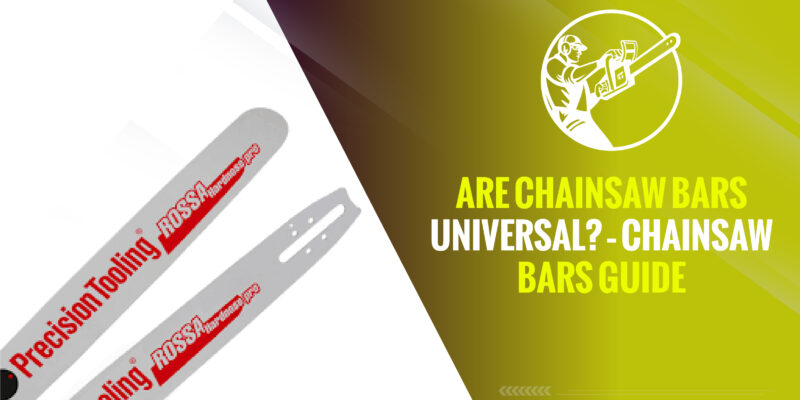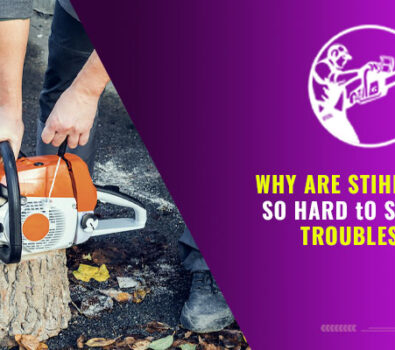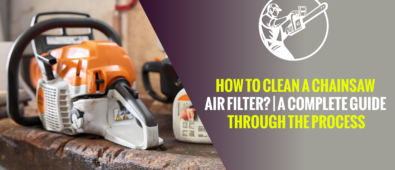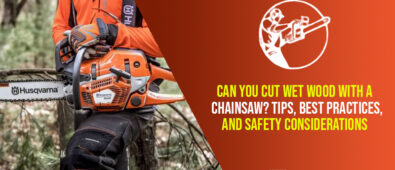I’m sure you’ve seen those commercials where the dad is trying to help his daughter with her car and he’s using the wrong tool for the job. It’s always funny to watch, but it also makes a valid point: using the wrong tool for the job can lead to disaster. So, what does this have to do with chainsaw bars? Well, I’m about to tell you that using a chainsaw bar that is not meant for your saw can lead to disaster. Stay tuned to learn more!
Are chainsaw blades interchangeable?
The answer is both yes and no. If you have two saws of the same brand, then the answer is usually yes. However, if you have two different brands of saws, then the answer is most likely no. This is because different brands use different-sized bolts to hold their bars in place. So, even if the bars themselves are the same size, the bolts may not be.
This is why it’s so important to make sure you’re using the right bar for your saw. If you’re not sure, then the best thing to do is to consult your saw’s owner’s manual. It will have all of the information you need in order to select the correct bar for your saw.
Are chainsaw bars universal?
Different saws have different size bars and many times, different types of Sawtooth. So it’s really not a good idea to try to put a bar from one saw onto another, even if they’re the same make and model.
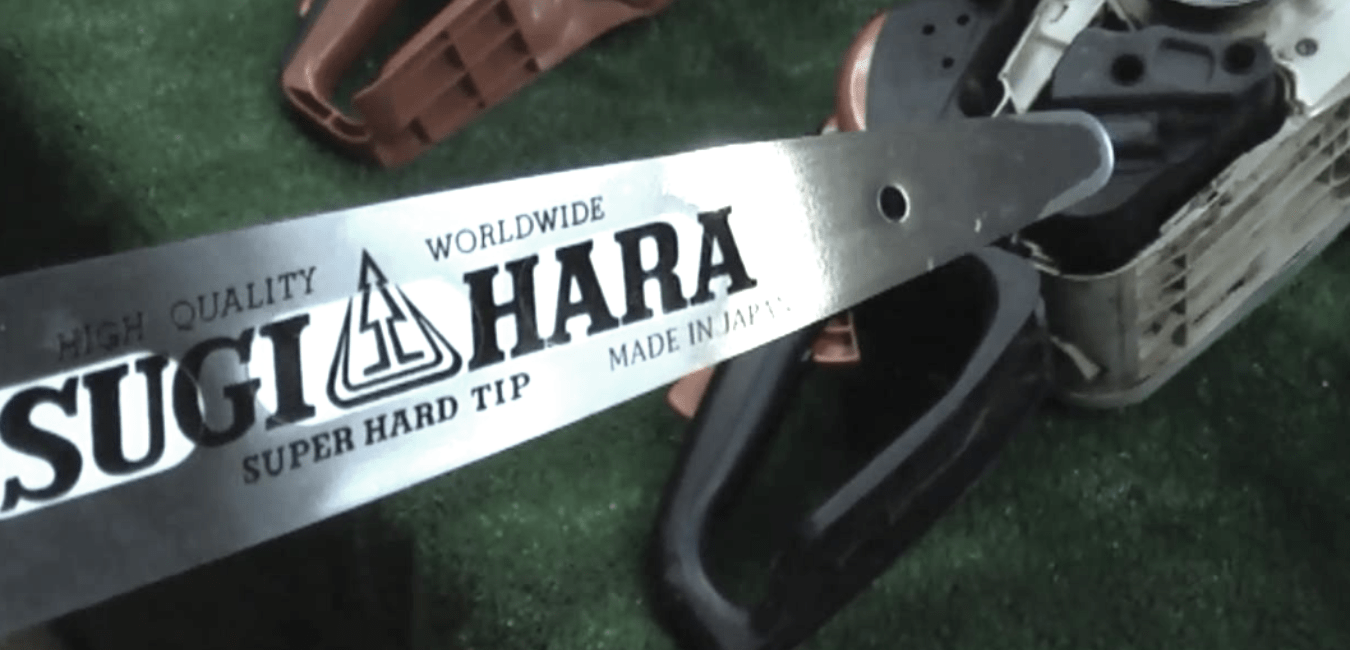
The Bosch prologo have teething problems, that was their first attempt at making a quality price-driven chainsaw for professionals and weekend warriors, who didn’t want to spend the money buying much more expensive models designed for life in the bush. It was a good bang for your buck with low vibrations etc but had its downfalls like siding windswept quite easily.
There are a few different types of chainsaw bars, but in general, they all have the same measurements. The most common type of chainsaw bar is the .325″ pitch bar, which has a 0.325″ wide groove. Most chainsaw manufacturers recommend this type of bar for their saws.
There are also 1/4″ pitch bars and 3/8″ pitch bars, which have narrower and wider grooves, respectively. Many consumer-grade chainsaws can use any of these three types of bars, but professional-grade chainsaws usually require a specific type of bar. For example, Stihl makes professional-grade chainsaws that require only .325″ pitch bars.
The length and thickness of chainsaw bars can vary, but they are all made to fit a specific type of saw. For example, a 14″ bar will only fit a saw that is designed for a 14″ bar. You cannot put a 16″ bar on a 14″ saw or vice versa.
Different types of chainsaw chains
There are three main types of chainsaw chains: standard chains, carving chains, and chains for pruning.
Standard chains are the most common type and can be used for a variety of tasks such as cutting down trees, trimming branches, and removing stumps. They have sharp edges that can easily be cut through wood.
Carving chains are designed for more precision work such as carving sculptures or making detailed cuts. They have smaller teeth that produce a cleaner cut and are less likely to splinter the wood.
Chains for pruning are specifically designed for pruning trees and shrubs. They have blunt edges that prevent them from slicing through the bark and damaging the plant.
What are Chainsaw bar mount types?
The type of chainsaw bar mount can vary depending on the model and make of the chainsaw. However, there are generally three different types of mounts: standard, quick-release, and bolting.
Standard Mount: Standard mounts are the most common type of mount used on chainsaws. They are relatively simple to install and remove, although you will need a few tools.
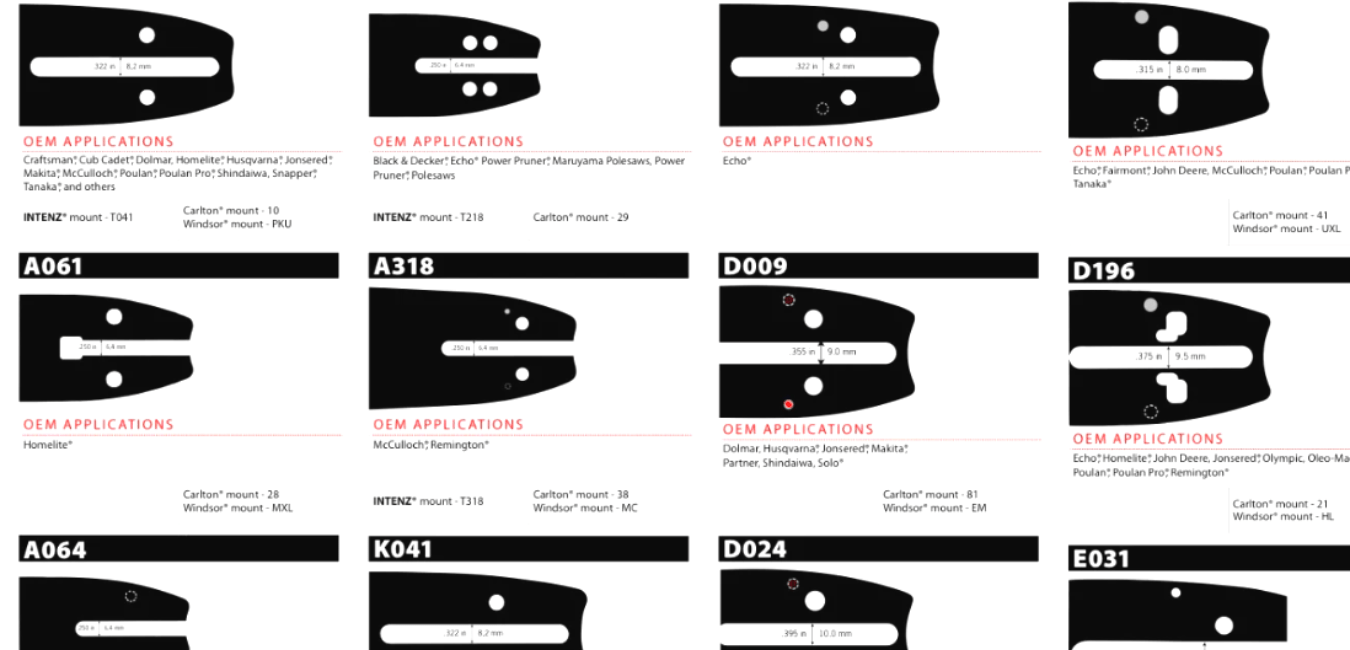
Quick-Release Mount: Quick-release mounts are becoming increasingly popular, as they allow you to easily remove and replace the chainsaw bar without any tools.
Bolting Mount: Bolting mounts are less common than the other two types, but they offer a more secure connection between the bar and the saw.
Can you put a larger bar on a chainsaw?
The answer to this question depends on the type of chainsaw you have. If you have a standard chainsaw, then the answer is no you cannot put a larger bar on it. However, if you have a sawmill-type chainsaw, then the answer is yes you can put a larger bar on it.
The size of the bar will depend on the sawmill that you have. Some sawmills can accommodate bars up to 36 inches long, while others may only be able to accommodate bars up to 24 inches long. So, if you have a sawmill-type chainsaw and want to put a larger bar on it, just consult your sawmill’s manual to see what size bar it can accommodate.
Do chainsaw bars make a difference?
Chainsaw bars do make a difference, and the type of bar you use can be the key to cutting through tough materials quickly and easily. Depending on the size and power of your saw, as well as the type of material you’re trying to cut, there are different types of chainsaw bars available that can make a big difference in your saw’s performance.
For example, if you’re using a smaller chainsaw for light-duty cuts, such as trimming branches or cutting small logs, then a shorter bar may be all you need. However, if you’re using a larger saw for more demanding jobs like clearing brush or felling trees, then a longer bar will give you more cutting power and efficient cutting.
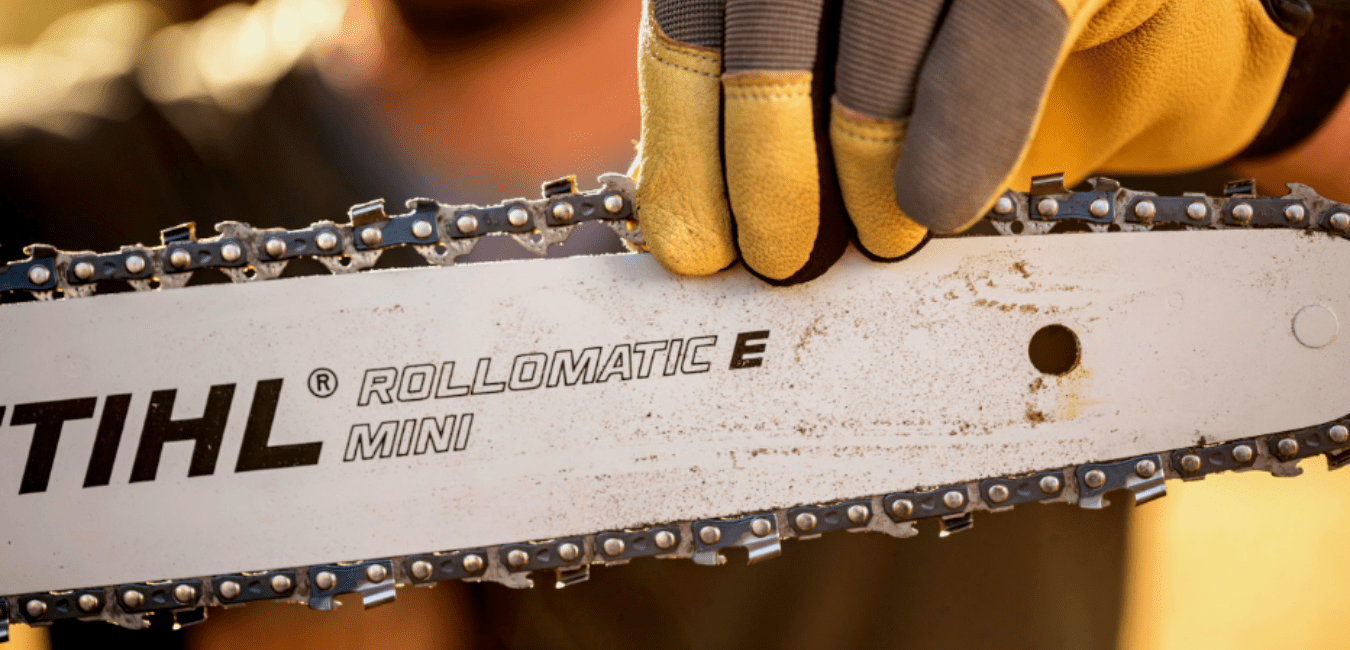
There are also different types of chainsaw bars available that are designed for specific materials. For instance, if you’re cutting through softwoods like pine or cedar, then a standard bar with sharp teeth will work well. However, if you’re cutting through hardwoods like oak or maple, then you’ll need a bar with carbide-tipped teeth to make quick work of the job.
In short, chainsaw bars do make a difference, and it’s important to choose the right bar for the job at hand in order to get the best results. With so many different types of bars available, there’s sure to be one that’s perfect for your needs.
How to measure a chainsaw bar?
To measure a chainsaw bar, you’ll need to take into account the length of the bar, the pitch of the chain, and the gauge of the drive link. The length of the bar is typically 16″, 18″, 20″, or 24″. The pitch is either .325″ or 3/8″. The gauge is either .050″ or .058″.
To get started, use a tape measure to find out how long your saw bar is. From there, you can determine what size pitch and gauge chain you need. Keep in mind that some saws come with different size bars, so be sure to check your owner’s manual for more information. As always, be extremely careful when working with any type of saw, and always wear proper safety gear.
Are Chainsaw Bars Universal – FAQs
Conclusion
Chainsaw bars come in all shapes and sizes, but do they all work the same? In this article, we look at how chainsaw bars are made and what factors affect their cutting performance. We also looked at some of the most popular chainsaw bar brands and models to see how they compare.
Our findings showed that there is no one-size-fits-all answer to this question each chainsaw bar has its own unique set of features that make it better or worse for certain applications. So, which chainsaw bar is right for you? That depends on the type of sawing you plan to do, your budget, and other factors. With so many options available, it can be tough to decide which one is best for your needs.
Hopefully, our comparison chart will help make the decision easier. Let us know in the comments which chainsaw bar you ended up choosing and why!

